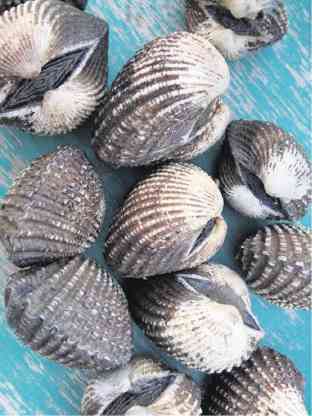In CamSur, mangroves thrive again

THE MANGROVE forest of Sagrada in Garchitorena town, Camarines Sur province, is now lush after years of reforestation by villagers. JUAN ESCANDOR JR.
A canopy of young mangrove trees hides the village of Sagrada, an hour’s boat ride from the town center of Garchitorena, Camarines Sur province, and thrives through the collective effort of its community.
Once depleted 19 years ago, the mangrove forest blossoms after years of vigorous planting activities initiated by the community and the provincial government, according to Jesus Daria, the village chief for several terms, nurturing fry and fingerlings under the roots.
Daria recalled that about a few hectares of mangroves were left in the 1980s due to firewood gathering and charcoal making. When reforestation began in 1997, during his first term, as a priority project, the forest cover expanded to 356 hectares.
Logging prohibition
The community’s commitment and efforts to bring back the scenes of Daria’s childhood caught the attention of the provincial government. As forest guardians, residents agreed to prohibit the cutting of trees and assigned local officials to go after violators, as well as poachers.
Article continues after this advertisementAs a result, Daria said, takal (black clams), mud crabs and shrimps have become abundant, providing them food and income.
Article continues after this advertisementFishermen Jorge Manela and Edgar dela Cruz noted an improvement in fish haul. “Before, we can hardly catch anything,” Manela said.

The Sagrada shoreline is ideal for growing mangrove species, such as bakawan lalaki (Rhizophora apiculata) and bakawan babae (Rhizophora mucronata), said Marisa Valencia, municipal agroforester. Survival rate is almost 100 percent and the trees grow fast and tall in just 10 years, she said.
Within a month after taking root, the seedlings will already be safe to grow to maturity, barring manmade and natural circumstances, Valencia said.
Garchitorena, a fourth-class municipality of over 30,000 people (town’s average yearly income: P25 million or more but less than P35 million), attracted national attention because of the P62.7-million land scam under the agrarian reform program of then President Corazon Aquino. It had been isolated from the rest of the province; one could then reach the town only by boat, and the boat trip was only once a day.
Founded in 1949, it comprises four villages in the town center, three in the uplands and 16 on the coast.
When the construction of Felix A. Fuentebella National Highway was completed in 2013, at least five buses reach the town daily, coming from as far as Metro Manila, said Ronnie Alarkon, municipal development and planning officer.

“TAKAL” (black clams) grow in Garchitorena town’s mangrove areas, providing food and cash for residents. A shell is sold for P1. JUAN ESCANDOR JR.
Priority tourist destination
Investors are coming in, especially those interested in tourism and trading, Alarkon said.
While the majority of the population still subsist through farming and fishing, the service sector is growing as transportation facilities improve.
Sagrada’s mangrove forest is listed among the priority tourist destinations of Garchitorena, said Councilor Edwin Lara, who heads the local tourism committee. Tourists can explore the vast wood expanse on kayaks and they may also fish and gather clams and crabs, he said.